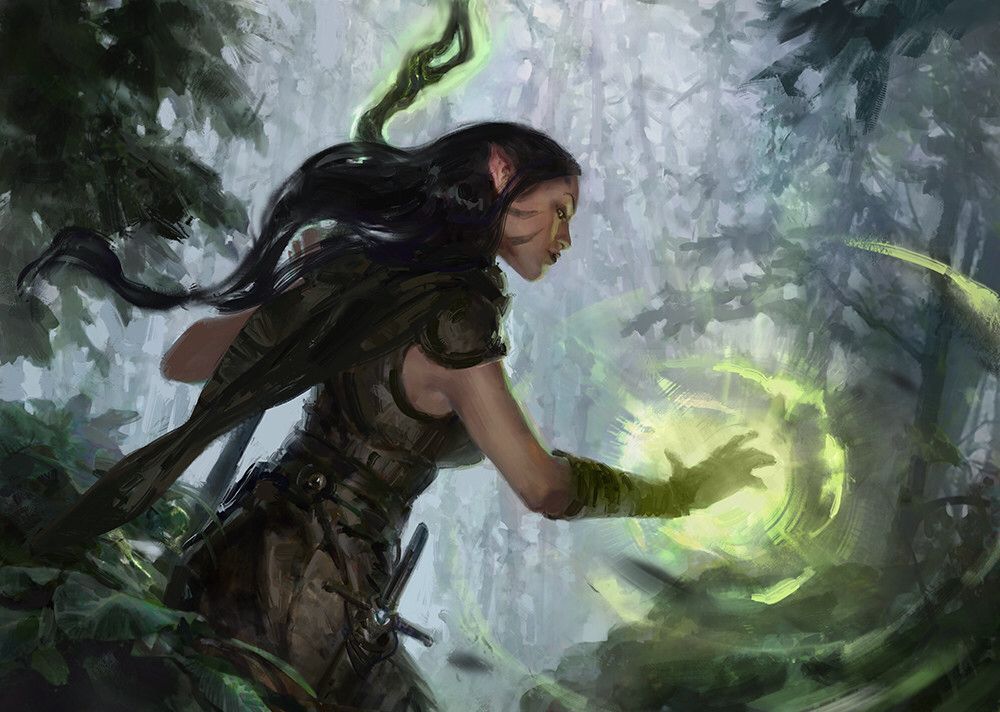Difference between revisions of "Cantrip"
Tao alexis (talk | contribs) |
Tao alexis (talk | contribs) (→Types) |
||
| Line 14: | Line 14: | ||
* [[Reversed Cantrips|Reversed]] | * [[Reversed Cantrips|Reversed]] | ||
* [[Useful Cantrips|Useful]] | * [[Useful Cantrips|Useful]] | ||
| + | </div> | ||
All of these are available to [[Illusionist (class)|illusionists]]; six may be used by [[Mage (class)|mages]], with the exception being illusionary cantrips. | All of these are available to [[Illusionist (class)|illusionists]]; six may be used by [[Mage (class)|mages]], with the exception being illusionary cantrips. | ||
Revision as of 03:53, 3 November 2023
Cantrips are minor magical incantations that produce beneficial, albeit generally non-threatening effects. Nonetheless, they are similar to spells. Nearly all cantrips have a 10 ft. range and require less than a full round to cast. Only one may ever be cast per round, and never in the same round that a spell is either cast or discharged. Cantrips very rarely require concentration.
Contents
The understanding of this magic is often the initial foray of a student of magic in casting; most, even if they haven't graduated to an experience level, possess a few cantrips or more. As they progress through their apprenticeship, one typically gains a cantrip every 5 to 8 months, and some even faster.
Types
Cantrips are divided into seven types:
All of these are available to illusionists; six may be used by mages, with the exception being illusionary cantrips.
Should more comprehensive information be sought about a particular cantrip, it can be found by following the provided links. An asterisk (*) serves as a sign that a full explanation of the spell's intricacies necessitates more space than currently available.
